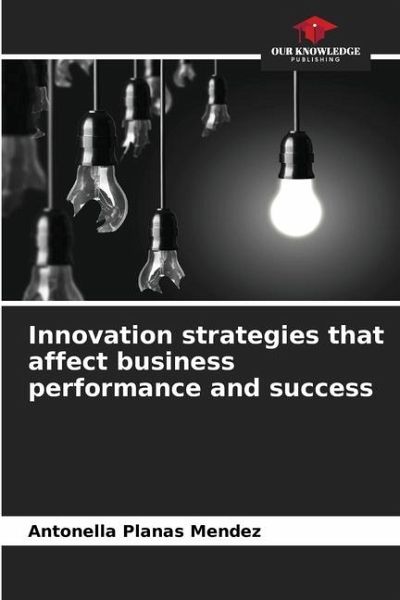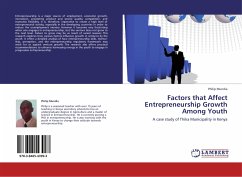
Innovation strategies that affect business performance and success
Versandkostenfrei!
Versandfertig in 6-10 Tagen
27,99 €
inkl. MwSt.

PAYBACK Punkte
14 °P sammeln!
This paper aims to analyse the effects of the innovation strategies that firms choose to implement on future performance and the productivity levels to be achieved. Taking into account the literature on innovation, supported by three case studies: Lego, Coca-Cola and Alpina, the different innovation strategies available that will support and counter the hypotheses derived from the research are presented. It is mainly synthesised in the complex strategies to achieve an increase in profits and quality of investment, and in the discussion of the differences between simple and complex innovation b...
This paper aims to analyse the effects of the innovation strategies that firms choose to implement on future performance and the productivity levels to be achieved. Taking into account the literature on innovation, supported by three case studies: Lego, Coca-Cola and Alpina, the different innovation strategies available that will support and counter the hypotheses derived from the research are presented. It is mainly synthesised in the complex strategies to achieve an increase in profits and quality of investment, and in the discussion of the differences between simple and complex innovation by looking at the strengths and weaknesses, such as excessive heterogeneity. The process of balancing product and process innovation that creates flexibility in new opportunities for customers and consumers, thus leading to business success by achieving sustainable competitive advantage in the marketplace, is also presented.












